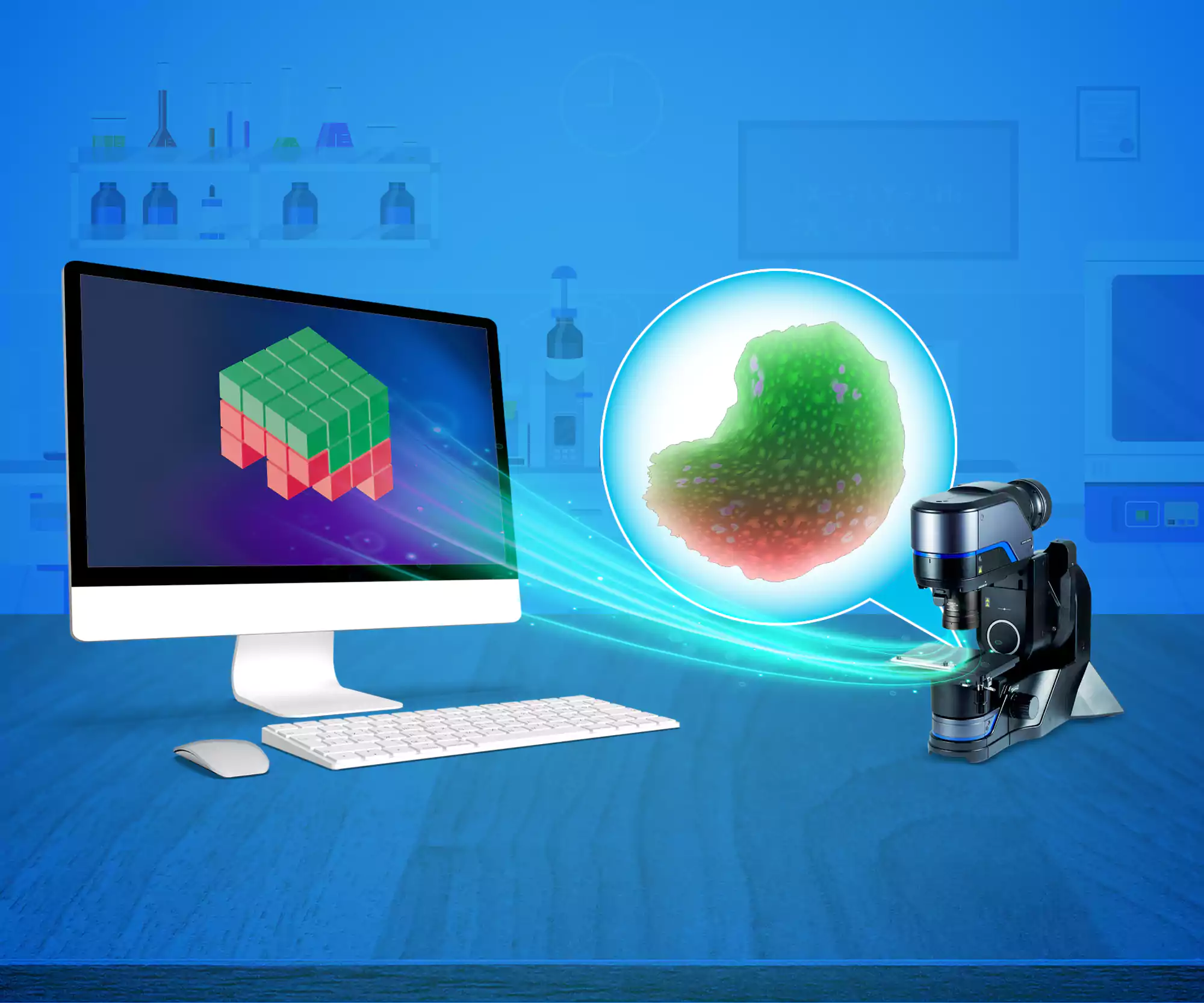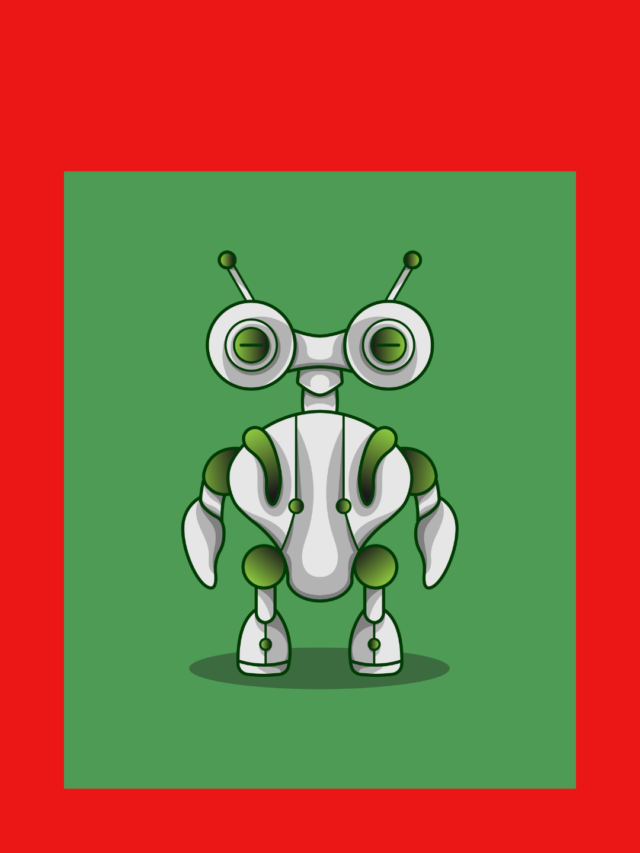
What sets apart a biological creature from an automated device? With every innovation in synthetic life forms, this question becomes more challenging to answer. And with xenobots entering the scene, a new dimension to this complex subject comes alive.
What are xenobots?
In a nutshell, xenobots are biological robots. Now let’s unpack what that means. Xenobots are tiny entities, no more than 1mm in size, built using living cells. Their constituent components distinguish them from a typical robot made of plastic or metal. Because their building blocks are technically “alive”, xenobots can be understood as machines built out of living systems. You may be wondering where the ‘machine’ aspect comes in. Why are they robots if they comprise solely of organic cellular material? They are robots simply because these entities are programmable, much like computer-coded AI.
Why are they called xenobots?
While the name ‘xenobot’ certainly is mighty cute, it may please you to know that the word’s etymology is also meaningful. Scientists currently harvest frogs’ skin and heart cells to create xenobots. More specifically, a sub-Saharan species of frog named Xenopus Laevis. Putting the two together makes for an interesting portmanteau—the xenobot!
Who made them and how?
A group of biology, robotics, and computer scientists, assembled from the University of Vermont, Tufts University, and the Wyss Institute for Biologically Inspired Engineering at Harvard University, developed xenobots in 2021. One of the inventors, Joshua Bongard, a robotics expert from the University of Vermont, described these little bio-robots as “novel living machines”. In his words, “they’re neither a traditional robot nor a known species of animal. It’s a new class of artefact: a living, programmable organism.”
Editing genes or even manually assembling artificial organisms that can replicate living body forms are no longer uncommon. However, xenobots were unique because they were the first biological machines designed entirely from scratch.
Creating xenobots required two different types of frog cells: heart cells, which naturally contract, and skin cells, which don’t. Scientists spliced these two cells together in specific ways using evolutionary algorithms produced by a supercomputer. After scores of such combinations of the heart muscle and skin cells, the one which offered the best movements became evident. Since evolutionary algorithms replicate natural selection, the “fittest” and most functional designs were already available to these scientists. They then had to try out all these assemblages in a manual, time-consuming process. Of course, the tendency of cells to naturally stick together did help them, but it was far from a cakewalk.
The creation of xenobots required a lot of complex and laborious manoeuvring. First, they had to identify which cell combination made the final products. Xenobots move in a straight line or spin in circles. Based on this, the researchers could then produce a design that offered the intended motion of the xenobot. And voila! Just like that, you had a living form designed to move in a programmed and predictable manner. Thus, the xenobot was born!
How are they used?
Sure, these biobots are adorable in their fluffy, cloud-like form. But beyond that, their application potential adds value to them. Though still in the nascent stages of development, the xenobot already has revolutionary potential. For example, deploying a swarm of xenobots into a human body to remove brain tumours is possible. Likewise, these tiny things can also help scrape off arterial plaque. While the current generation of xenobots only uses skin and heart cells, future generations may also use other types of cells. In time, science can help them better understand their environment. Perhaps components from nervous systems, blood vessels, or even sensory cells can be used to make newer, bolder, and more revolutionary designs! The possibilities are many. As we said, it is still a new invention.
In addition to being used in human bodies, xenobots have many other uses. For example, outside the human body, microplastics in the ocean can be targeted and broken down using xenobots. Alternatively, people can use them to cluster up these plastics, making it easier to reduce ocean pollution. Scope for more such applications, which might help combat global warming, pestilence, and other troubles, also exists.
What’s the latest word?
The critical thing to remember about xenobots is that unlike computer-coded, AI-using robots made of non-living parts, xenobots comprise organic or “smart” material. Thus, they have a natural tendency towards independent functioning. Undoubtedly, this raises some troubling questions. We must consider the ethical implications of having such sentient, possibly thinking organisms. It may be necessary to set up a framework of rights for these xenobots. If they have a nervous system, their ability to feel pain could pose a moral concern. If they were to act independently, they would have to adhere to international regulations. Such scenarios will give researchers and policy-makers a run for their money. Because it is a tricky premise, having policies or rules around the technology in its early stages of development seems like a great idea.
In the meantime, to complicate matters, as recently as December 2021, xenobots managed to reproduce, effectively making them the first reproducing robots in the world. Many piles of cells assembled to form a copy of the original xenobot, thus displaying a remarkable self-replicating tendency. One of the creators, Michael Levin, described it as kinematic self-replication. However, this phenomenon has interestingly only been observed at a molecular level thus far. So it is unclear what kind of adaptive properties xenobots can take on at higher levels of the organisation. So, should we be scared?
Ultimately, there are more questions than answers regarding the future of xenobots. However, one of the original inventors, Sam Kriegmann, has attempted to allay our fears by emphasising that “it’s an extremely controllable and stoppable and safe system.” And so we are left to hope that the gatekeepers of science have secured all adverse possibilities to the best of their knowledge.



